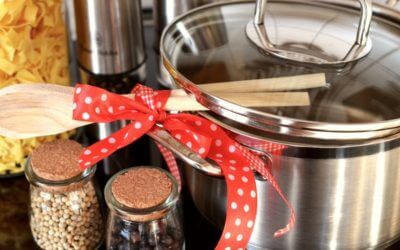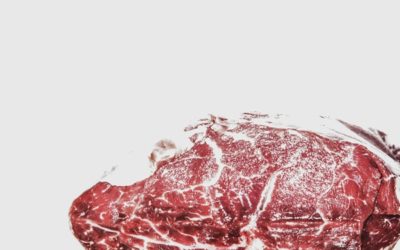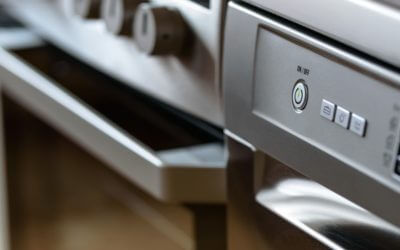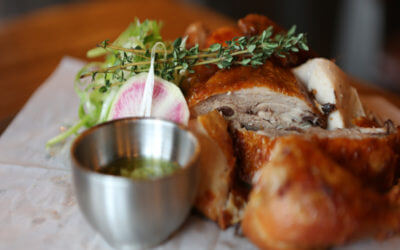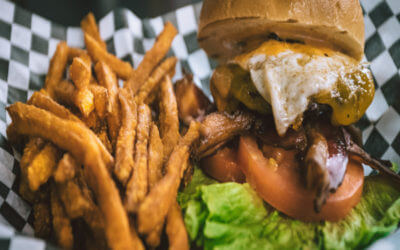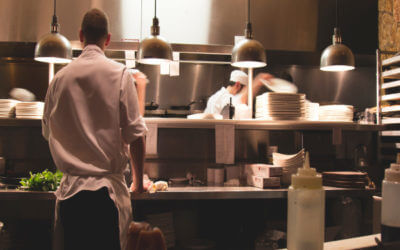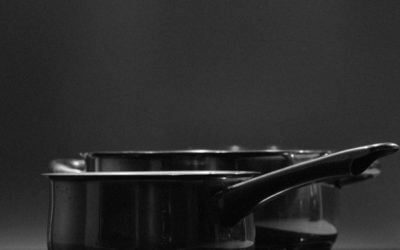4 Money-Saving Strategies You Can Use in Your Restaurant NOW
June 9, 2017Running a restaurant is one of the most interesting and lucrative businesses one can engage in with the right money-saving strategies.
However, it also poses to be one of the most difficult. Many factors have to be put into consideration in order to make sure that old customers are kept and new customers visit. In your efforts to ensure that you provide the best service to your customers, it seems that there are far more ways to spend money than to save it. Buying ingredients and supplies, paying utility bills and hiring the right staff consumes a lot of money! This often pushes restaurateurs to raise their prices, but this can result in a fewer number of customers, thereby reducing your total income. Therefore, as a restaurant owner, it is important to find money-saving strategies. This way, you can keep creating an amazing dining experience and bring in more profits at the same time. Engaging in a cost-cutting exercise can also help you keep the prices on you menu low to attract those who are looking for a less expensive meal, affecting your income flow. The good news is that there are a lot of quick steps you can take towards money-saving strategies.
Here are 4 money-saving strategies that you can adopt now.
- Menu Changes affect Money-Saving Strategies.
For every dish that you offer, calculate the cost to make it. Compare this to the cost you’re charging your customers. With this, you will be able to identify the meal that makes you the greatest profit. After identifying the dishes with more profit, place them prominently on the menu. For the less profitable ones, think about how you can modify the dish by using ingredients that are less expensive but just as tasty for better money-saving strategies.
- Energy Efficient Equipment
With their large, energy-consuming equipment, restaurants are often sacked with hefty utility bills. To cut your energy costs, replace older appliances with their new, energy efficient counterparts. Money-saving strategies also include regular maintenance on your ventilation system so you can save money on air conditioning.
- Supply Savings
If you think supplies are eating up a large portion of your budget, consider changes to your buying routine. Streamline your money-saving strategies by looking at your buying processes and transportation costs. Check with your vendors to determine if you can consolidate to only one or two vendors for all of your supplies. You may also wish to call around to see if you can get a better deal from a different vendor.
- Switch to Energy Efficient Light Bulbs
Using energy light bulbs can save you a considerable amount of money per year. As well as switching to an energy efficient variety, you will also do well to keep lights off when you don’t need them.
With these simple money-saving strategies, running a restaurant business becomes less money-consuming and more enjoyable for both you and your customers!
What’s in a Cooking Pot, How to Choose the Right One?
As a restaurant owner, your cooking needs might vary. Did you know that a good quality pot can greatly improve your cooking experience, while also improving the quality of your cooking? This cooking equipment is a very important one that cannot be done away with...
5 Things Every Restaurant Owner Should Do Before Buying Used Kitchen Equipment
Equipping your restaurant properly can cost a lot of money, so buying used kitchen equipment is the go-to choice for many restaurateurs. Buying used kitchen equipment for a restaurant is a bit different than buying used equipment for your home, however. You will...
Top Restaurant Technology Trends in 2018
When looking to buy restaurant supplies, you want to be on the leading edge of technology trends. This will keep your kitchen running smoothly. Let’s take a look at some of the most recent trends in restaurant supplies technology. 1. New Payment Options Who would...
5 Different Ice Shapes and Why You Should Care About Them
Ice makers are very popular in the restaurant and foodservice community because they eliminate the need to buy ice every day. And of course, adding an ice maker to your collection of foodservice equipment means you will always have ice on hand when you need it. An...
Pulping and Grinding: A Starter’s Guide to Reducing Commercial Food Waste Costs
For most restaurant owners and managers, the expenses involved in making meals are always under careful consideration. Water is needed to prepare, cook and wash food; power is necessary for food prep, cooking and cooling, and so on. However, how many of us consider...
Choosing the Right Milk Cooler: Cold Wall or Forced Air?
In a restaurant, milk is an essential to have on hand for coffee and other café-style beverages, for serving with kids’ meals, and as a key ingredient in many recipes. Keeping your milk properly chilled can be difficult without the proper restaurant equipment....
How to Choose Your Next Commercial Meat Smoker
The movies that connect with us on a personal level are the ones that linger in our memories forever. Anyone who has used a commercial meat smoker knows that they have a huge influence on the taste of a meal. You need to have just the right kitchen equipment to get a...
Are High Speed Ovens Too Good to be True?
You might have heard a few of the bold claims that foodservice equipment manufacturers have been making about high speed ovens, but they can’t be possible, right? Cooking three times as faster as regular ovens? Five times as fast? Fifteen times as fast? It may seem...
Choosing the Right Food Storage Containers for Your Restaurant
Choosing the right kitchen supplies will make a difference in your restaurant. Whether it is heavy duty kitchen equipment or food storage containers, each piece of equipment plays its own important role. Today, we are going to talk about how to choose the right food...
Tipton’s Guide to Perfect Poultry Trussing
Do you ever truss birds in your commercial kitchen? Trussing is a fantastic cooking technique because it makes poultry cook faster, look more attractive and taste better. If your commercial kitchen prepares poultry, you don’t want to miss these trussing tips. Trussing...
How to Eliminate Excess Condensation in Your Kitchen
Is your commercial kitchen getting steamy? If so, you could have more than just an uncomfortable working environment on your hands. Excess moisture in your commercial kitchen can result in the corrosion of equipment, the development of mold, and even damage to your...
The DIY Guide to Your Restaurant’s Own Garden
Stocking your restaurant supply with your own home-grown herbs and produce can truly bring your dishes to life. When it comes to food, everyone knows there’s nothing like homemade and home-grown. Having your own culinary garden, however large or small, can help you...
5 Reasons a Meat Grinder Will Set Your Burgers Apart
The more you do to prepare your foods in-house with the right kitchen equipment, the fresher and more flavorful your dishes become. There are all sorts of restaurants offering fast-food style burgers, but some diners are looking for the real deal. A fresh, juicy...
Pest Preventions to Implement in Your Commercial Kitchen
Restaurant pests: it’s something that few people want to think about. Like it or not, pest management is an essential consideration for every commercial kitchen. Offering food, shelter and water, the unprepared commercial kitchen naturally provides everything pests...
Choosing the Right Material for Your Cooking Equipment
Kitchens are very unique to their chef. Just like a car mechanic has a toolbox unique to them, so is the cooking equipment in a kitchen. And over time, the same cooking equipment become a natural extension of the chef. What tools are you using in your kitchen? It...

